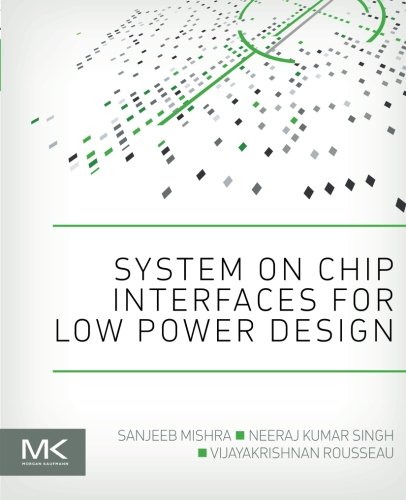

Most ebook files are in PDF format, so you can easily read them using various software such as Foxit Reader or directly on the Google Chrome browser.
Some ebook files are released by publishers in other formats such as .awz, .mobi, .epub, .fb2, etc. You may need to install specific software to read these formats on mobile/PC, such as Calibre.
Please read the tutorial at this link: https://ebookbell.com/faq
We offer FREE conversion to the popular formats you request; however, this may take some time. Therefore, right after payment, please email us, and we will try to provide the service as quickly as possible.
For some exceptional file formats or broken links (if any), please refrain from opening any disputes. Instead, email us first, and we will try to assist within a maximum of 6 hours.
EbookBell Team

4.0
56 reviewsSystem on Chip Interfaces for Low Power Design provides a top-down understanding of interfaces available to SoC developers, not only the underlying protocols and architecture of each, but also how they interact and the tradeoffs involved. The book offers a common context to help understand the variety of available interfaces and make sense of technology from different vendors aligned with multiple standards. With particular emphasis on power as a factor, the authors explain how each interface performs in various usage scenarios and discuss their advantages and disadvantages. Readers learn to make educated decisions on what interfaces to use when designing systems and gain insight for innovating new/custom interfaces for a subsystem and their potential impact.